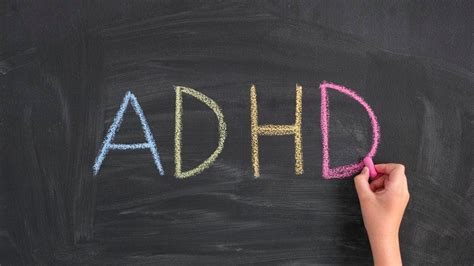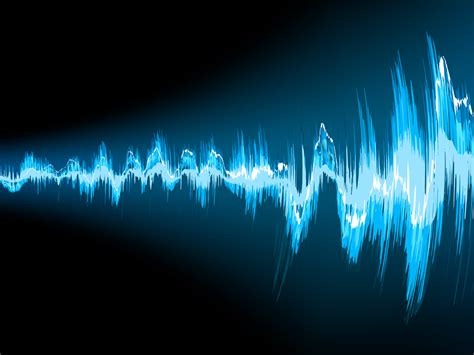
Craniosacral Therapy for ADHD:Gentle Treatment that enhances Focus

Finding Calm and Focus: How Craniosacral Therapy Supports People with ADHD
Living with ADHD can feel like your mind and body are always on the go. Thoughts race ahead, focus slips away, and it’s hard to find a moment of true calm. While medication and behavioral tools help many people, some seek a more natural way to settle their nervous system and feel grounded in daily life.
What is Craniosacral Therapy?
Craniosacral Therapy (CST) is a gentle, hands-on approach that works with the body’s deepest rhythms. Using a light touch, the therapist listens to subtle motions in the tissues and fluids around the brain and spinal cord, helping release tension and restore balance to the central nervous system.
Why Does This Matter for ADHD?
ADHD isn’t just about attention; it’s also about how the nervous system regulates itself. Many people with ADHD feel restless inside, as if their body can’t fully settle. Craniosacral Therapy helps by:
-
Calming the nervous system. Gentle touch signals safety, helping shift from a constant state of alertness into deeper relaxation.
-
Releasing hidden tension. The body often holds tightness in the head, neck, and spine that adds to mental overwhelm.
-
Creating grounded presence. Sessions bring a sense of stillness and connection, making it easier to focus and feel centered.
-
Supporting self-regulation. Over time, people find it easier to access this calm state on their own.
What Do People Experience?
Clients often leave a session feeling deeply relaxed and clear-headed. Some describe it as if the mental “static” has quieted, allowing thoughts to come through one at a time instead of all at once. Parents notice their children feel calmer and more settled, which can make daily routines, homework, and transitions feel easier.
Is It a Standalone Treatment?
Craniosacral Therapy isn’t a replacement for medical care or other therapies. It’s a supportive practice that works alongside what you’re already doing, giving your body and mind an extra layer of ease and integration.
A Final Thought
ADHD can make life feel scattered and overwhelming. Craniosacral Therapy offers a gentle pathway back to stillness. It’s not about changing who you are, but about helping your system find its natural rhythm so you can move through the world with more clarity and peace.
Sharon Hartnett CST-D
614 653-8111
Serving the Columbus ARea



